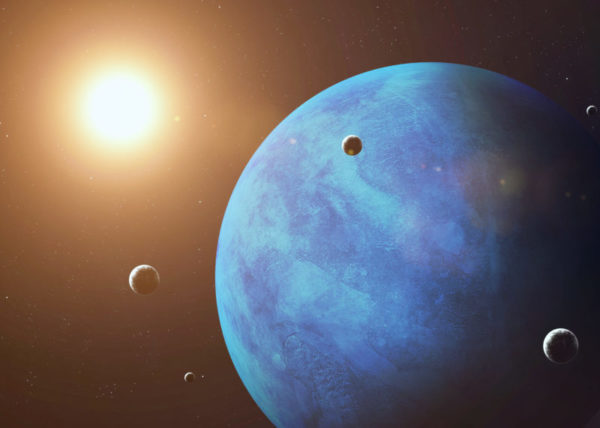
Neptune is the farthest planet from the sun and one of two “ice giants” in our solar system. The cold, blue planet is about 30 times farther away from the sun than Earth and takes around 165 Earth years to complete a single orbit around our star. Neptune spins around its axis quicker than Earth, so a day on Neptune is only around 16 Earth hours.
Scientists discovered Neptune in 1846, after they conducted orbit calculations for Uranus that indicated there was an unknown planet affecting Uranus’s gravity, according to the Natural History Museum (opens in new tab) in London, U.K. Neptune isn’t visible to the naked eye, but the researchers were able to confirm the planet’s existence using a telescope. Astronomers had previously spotted Neptune through telescopes as early as 1612, but hadn’t identified it as a planet, according to NASA (opens in new tab).
Only one of Earth’s probes has ever reached Neptune — Voyager 2, which snapped the first images of the blue planet in 1989 on its way out of the solar system. Neptune appears blue, or blue-green, because of the methane in its atmosphere, according to Smithsonian National Air and Space Museum (opens in new tab) in Washington D.C. The name Neptune comes from the Roman god of the sea of the same name, according to Cool Cosmos (opens in new tab), a website run by the Infrared Processing and Analysis Center at the California Institute of Technology.
“Writer Fuel” is a series of cool real-world stories that might inspire your little writer heart. Check out our Writer Fuel page on the LimFic blog for more inspiration.

